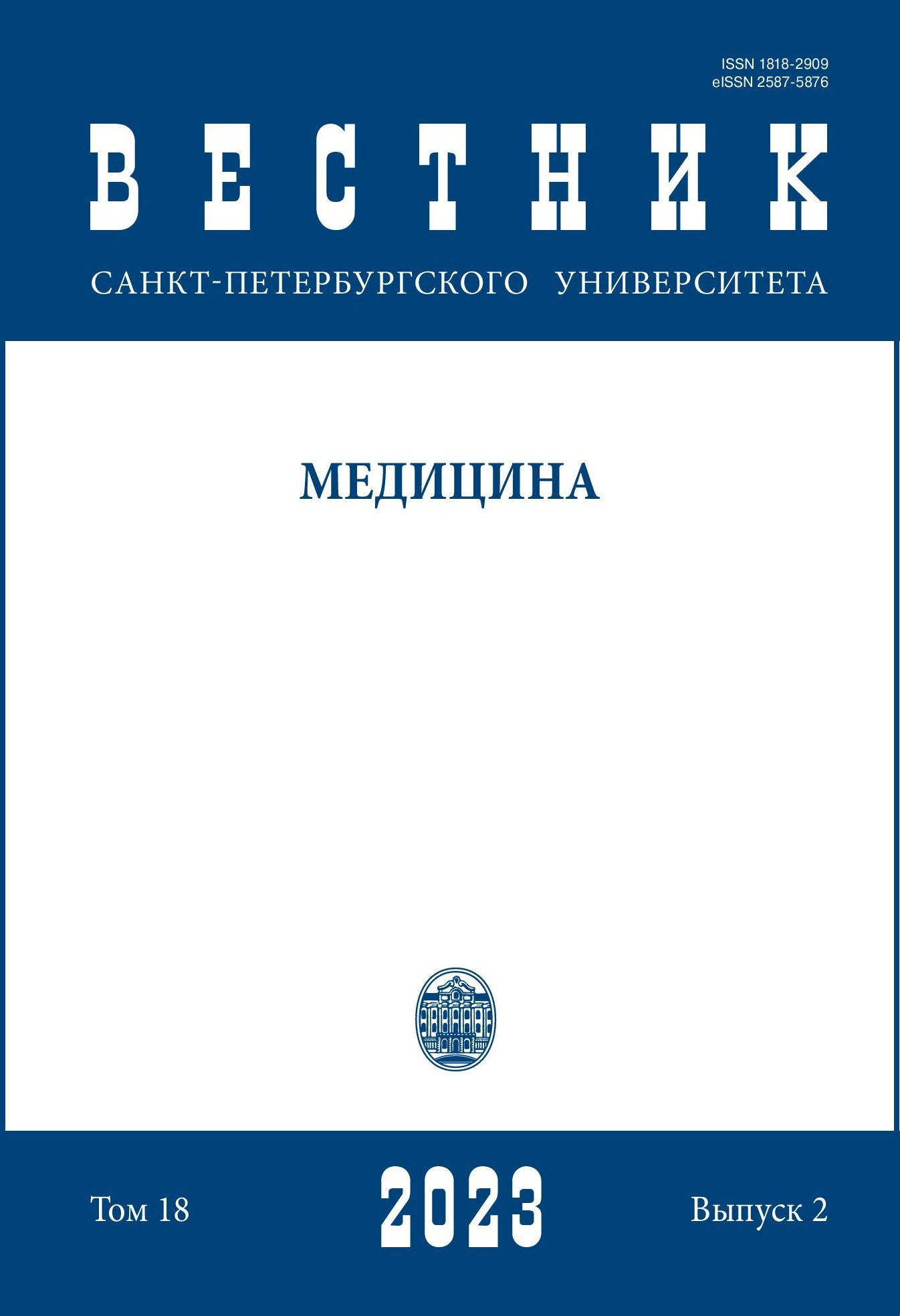Influence of antimicrobial substances of plant origin on the sensitivity of bacterial biofilm to antimicrobial drugs
DOI:
https://doi.org/10.21638/spbu11.2023.206Abstract
The widespread antibiotic resistance is associated with the formation of special forms of microbial communities — bacterial biofilms with increased resistance to the impact of various physicochemical factors, including antimicrobial drugs. In this regard, the investigation of antibacterial agents, including herbal preparations that could affect bacterial biofilms, seems to be of current interest. The aim of this work was to identify antibacterial substances of plant origin that can most effectively affect bacterial biofilms. The effect of antibacterial decoctions of lingonberry, sage, and chamomile plants on the sensitivity of bacteria to antimicrobial drugs was assessed. The susceptibility of bacteria to antimicrobial drugs, when combined with
herbal decoctions, was determined by the disk-diffusion method. The morphophysiological properties of biofilms were illustrated by light and scanning electron microscopy. The ability of lingonberry, sage, and chamomile decoctions to increase the sensitivity of bacteria to antimicrobial drugs of predominantly bactericidal pharmacological action was revealed. Decoctions of medicinal plants prevented the formation of complete bacterial biofilms. The obtained results indicate the antibiofilm activity of lingonberry, chamomile and sage decoctions, which contribute to a decrease in the level of antibiotic resistance of bacteria and
a decrease in the load during antimicrobial therap.
Keywords:
antibiotic resistance, antimicrobial drugs, bacterial biofilms, herbal decoctions
Downloads
References
References
growth and biofilm formation in clinically relevant bacteria and yeasts. Biomed. Res. Int., 2014,vol. 2014, article ID 365272. https://doi.org/10.1155/2014/365272.
Downloads
Published
How to Cite
Issue
Section
License
Articles of "Vestnik of Saint Petersburg University. Medicine" are open access distributed under the terms of the License Agreement with Saint Petersburg State University, which permits to the authors unrestricted distribution and self-archiving free of charge.




